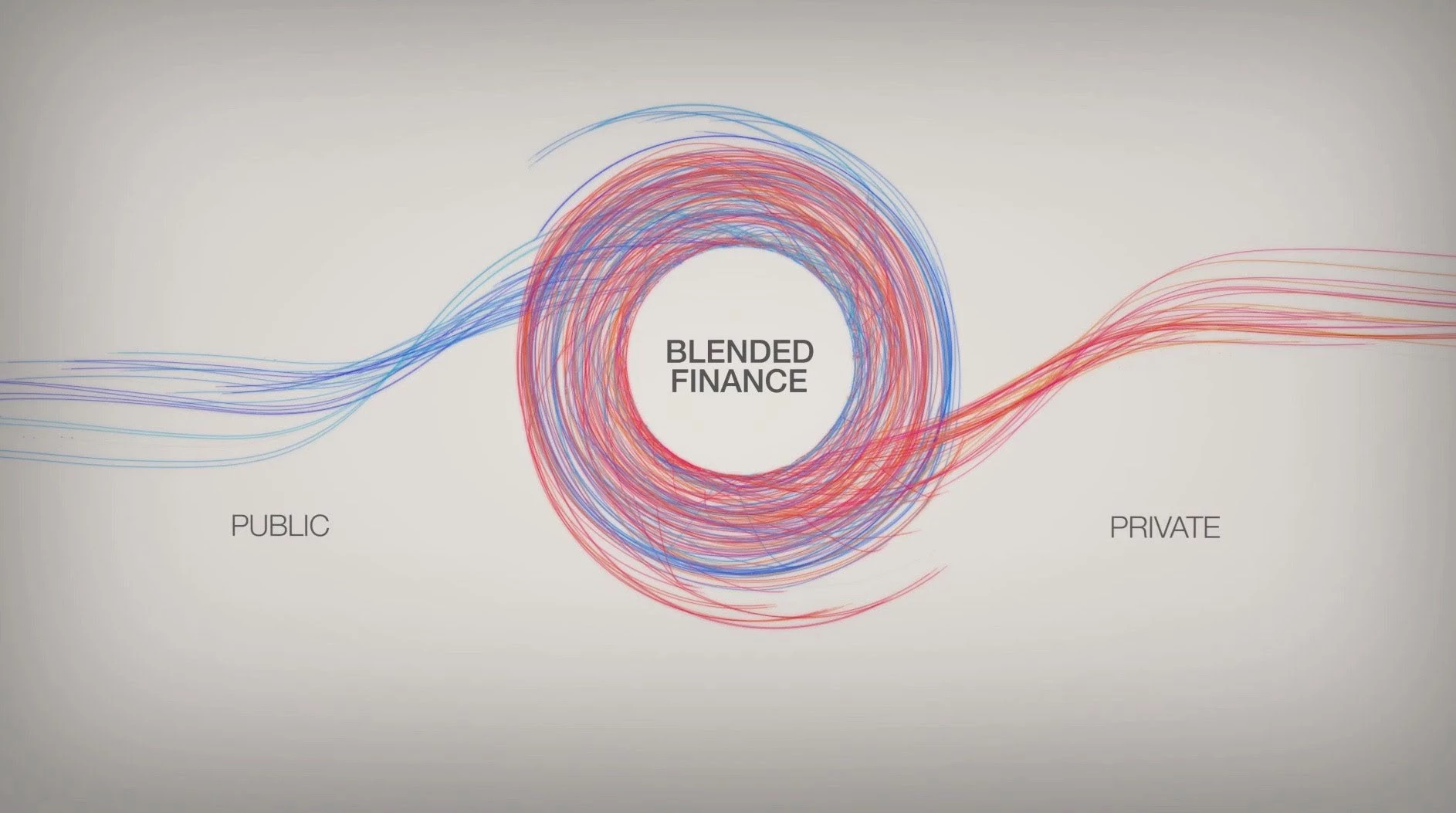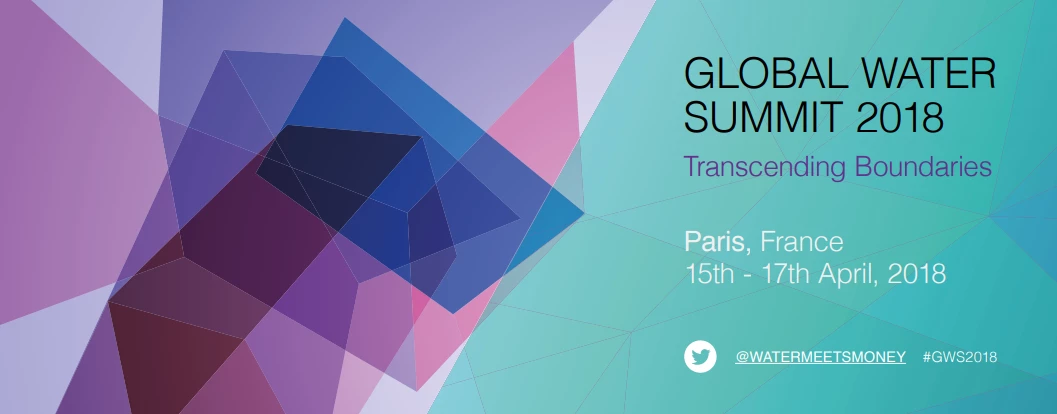Persuasion does not always involve an epiphany. Often, attitudes are formed and opinions are shaped by the steady accumulation of evidence and examples. And so, it has been for me when it comes to blended finance.
While anecdotes of transformation may be catchier, the gradual absorption of the work of experts and practitioners is frequently how one’s thinking evolves. I left the recent 2018 Global Water Summit not feeling transformed or possessed by the idea that blended finance is THE solution for bridging the humongous financial gap required to meet SDG6, but more convinced than ever it has a key role to play. I was also positively surprised that this financial solution is no longer an exotic stranger to our sector and that a significant number of water supply and sanitation (WSS) practitioners are implementing blended finance schemes.
What exactly is blended finance? The OECD representative at the summit explained it as a strategic use of development finance to mobilize private capital flows to emerging and frontier markets. From my experience in Europe, I know that blended finance is not new but for multilateral developmental organizations (MDO) supporting WSS projects, it is definitely a new way of working. I like to think of it as the spiky younger brother of traditional concessional financing for WSS infrastructure that values the SDGs and wants to contribute to them in its own unique way.
So why engage with this sibling and pursue blended finance solutions in the WSS sector? Because the sector would benefit from the best of both worlds: concessional financing from developmental organizations, which is usually tied with upstream support for governments to improve the sector governance, institutional capacity, and efficiency; and commercial financing, which utilizes capital market discipline to improve the overall financial performance of borrowing utilities. My colleague Anthony Molle made a compelling case in arguing that such structures are possible even in such a traditional, heavily politicized, and socially influenced sector as the one we work in. Aging WSS infrastructure worldwide, a constantly growing population, climate change implications, the huge financing gap, and limited progress towards achieving SDG6 – all these factors push us to search for new solutions. Blended finance is such a solution and can help push the envelope of WSS sector financing.

The case studies, presented at the session, as well as the whole discussion during it, pointed out that this new approach helps address the significant gap between WSS investment needs and available concessional financing, public demand for more and better WSS infrastructure, while dealing with the limited and precious available financing from MDO. One of the key insights of the session was that the best utilization of concessional financing is during the project preparatory work – to create an enabling environment and set up proper project structuring. This, in turn, will lead to private financing investment and acquiring experience in dealing with commercial financing.
A representative from Uganda shared that the blended finance solution helped his country to kind of break free/not be totally dependent on donors’ funding; to sit at the driver seat and become master of its own destiny. This was achieved by developing a financing strategy for the sector and implementing measures that attracted commercial financing by leveraging concessional financing and achieving sector efficiency. We have also understood that projects benefitting from blended finance experience positive market pressure; bigger focus on tariffs and revenues; creation of incentives for performance improvement.
It was a fascinating session and there are a few things that have really stayed with me. Firstly, that there is a lot of support and assistance available within the World Bank for those looking to design a project using blended finance. Secondly, there is a growing evidence base of examples and case studies, which can help people better understand this approach. Thirdly, blended finance is rapidly becoming the new normal. Finally – and most importantly – blended finance unleashes the full potential of the World Bank Group and plays a key role in providing the best solutions for our clients. After all, effectiveness, rather than epiphanies, is the most powerful persuasion tool.



Join the Conversation